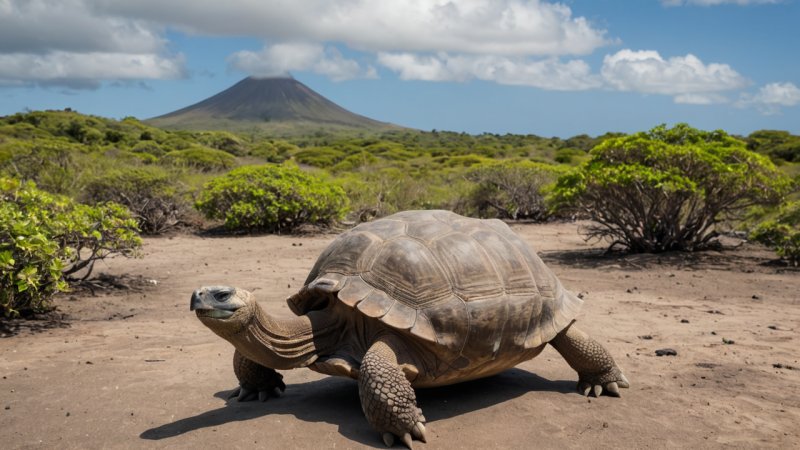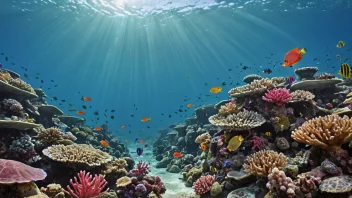The Galápagos Islands, a remote archipelago located in the Pacific Ocean, are famed for their extraordinary wildlife and unique ecosystems. This UNESCO World Heritage Site has captivated the hearts of travelers and scientists alike, thanks to its rich biodiversity and the pivotal role it played in Charles Darwin's theory of evolution. If you're looking for a travel destination that combines breathtaking landscapes with encounters of a lifetime with wildlife, the Galápagos Islands should be at the top of your list.
One of the key highlights of visiting the Galápagos is the opportunity to observe animals that exist nowhere else on Earth. The islands are home to several endemic species, including the giant tortoises, marine iguanas, and blue-footed boobies. Each species has adapted uniquely to the island environment, making them a living laboratory of evolution. The giant tortoises, for instance, can live for over 100 years and are iconic symbols of the archipelago.
When planning your visit, it's essential to consider the best times to travel. The Galápagos have two main seasons: the dry season from June to December and the wet season from January to May. Each season offers different wildlife experiences, with the wet season featuring vibrant vegetation and abundant birdlife, while the dry season is ideal for spotting marine life, including playful sea lions and vibrant schools of fish.
Given the remote nature of the islands, many travelers choose to explore them via live-aboard cruises, which provide a unique way to experience multiple islands in one trip. These cruises often include guided excursions, where knowledgeable naturalists lead you to some of the best snorkeling spots and hiking trails. Snorkeling in the crystal-clear waters allows you to swim alongside sea turtles, colorful fish, and even the occasional shark, creating unforgettable memories.
Another unique experience in the Galápagos is the opportunity to participate in conservation efforts. Many tour operators offer programs that allow visitors to engage in wildlife monitoring and habitat restoration projects. This not only enhances your travel experience but also contributes to the ongoing preservation of the islands' delicate ecosystems.
Lastly, be sure to embrace the local culture during your visit. The small towns on islands like Santa Cruz and San Cristóbal offer charming markets, local cuisine, and the chance to interact with the friendly residents. Sampling fresh seafood and local delicacies will enrich your understanding of the islands' culture and heritage.
In conclusion, the Galápagos Islands are a treasure trove of unique wildlife and stunning natural beauty. From the iconic giant tortoises to the vibrant marine life, every corner of the archipelago offers an opportunity for adventure and learning. Whether you choose to cruise the waters, snorkel with sea creatures, or engage in conservation efforts, the Galápagos will undoubtedly leave you with lasting memories of nature's wonders.






